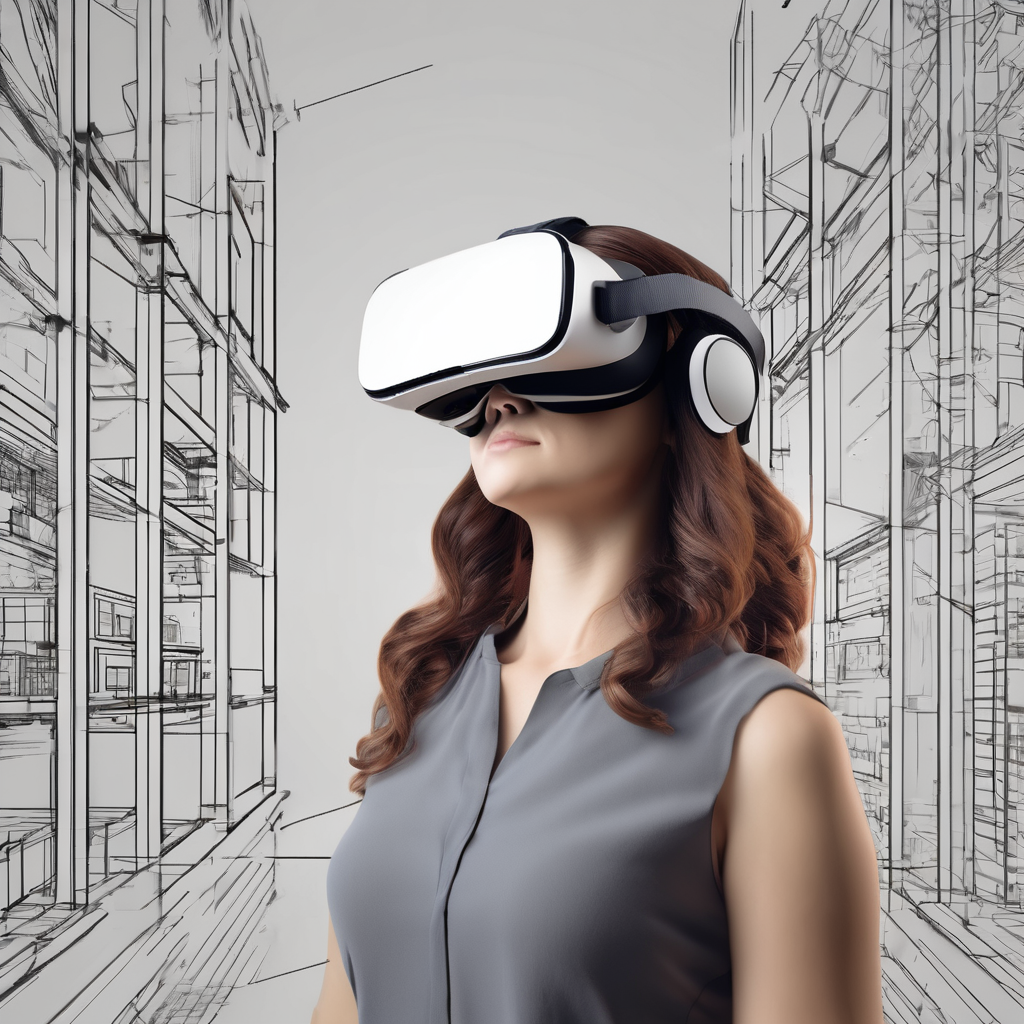In the rapidly evolving gaming industry, the realism of video games has reached unprecedented levels. One aspect that significantly enhances the gaming experience is the inclusion of dynamic and realistic crowd reactions in sports games. As developers strive to create more immersive and engaging experiences, artificial intelligence (AI) and machine learning have emerged as powerful tools. This article delves into how game developers can harness these technologies to create lifelike crowd behaviors that respond intelligently to player performance and gameplay events.
The Importance of Realistic Crowd Reactions in Sports Games
Creating a realistic virtual sports industry environment involves more than just designing highly detailed stadiums and accurately modeling athletes. The crowd’s reactions to in-game events can significantly enhance the gaming experience by making it feel more authentic and engaging. When a player executes a spectacular play, scores a goal, or even misses a crucial shot, the crowd should react in a manner that mirrors real-life sports events.
Have you seen this : How can AI improve the realism of character interactions in historical re-enactment games?
With advancements in AI and machine learning, developers can now create dynamic crowd reactions that respond in real-time to in-game events. These reactions can be driven by sophisticated algorithms that analyze various data points, including the current state of the game, player behavior, and even historical performance data.
By incorporating AI-driven crowd reactions, game developers can elevate the player experience to new heights. Players will feel more immersed in the game, as the crowd’s reactions will reflect the tension, excitement, and drama of real-life sports events.
In the same genre : How can developers use AI to enhance the realism of crowd behaviors in stadium simulation games?
Leveraging AI for Real-Time Crowd Reactions
One of the key challenges in creating realistic crowd reactions is ensuring that they occur in real-time and are contextually appropriate. Traditional methods of content generation may rely on pre-scripted events, which can feel repetitive and predictable. However, with AI and machine learning, developers can create procedural content that adapts dynamically to the flow of the game.
Artificial intelligence can analyze various data points, such as the current score, time remaining, and player performance, to determine the appropriate crowd reaction. For example, if a player scores a last-minute goal to win the game, the AI can trigger a surge of excitement and celebration from the crowd. Conversely, if a player makes a crucial mistake, the AI can elicit a collective groan or disappointed reactions from the spectators.
By using machine learning algorithms, developers can also train the AI to recognize patterns in player behavior and predict potential outcomes. This allows the crowd to react not only to the actual events but also to the anticipation of significant moments in the game. The result is a more immersive and engaging gaming experience that keeps players on the edge of their seats.
Enhancing Immersion with Procedural Content Generation
Procedural content generation is a powerful technique that allows developers to create dynamic and varied environments without manually designing every detail. In the context of sports games, this approach can be used to generate realistic crowd behaviors that evolve over time based on the game’s progression.
Using AI-driven algorithms, developers can create a wide range of crowd reactions that are influenced by multiple factors, including the game’s context, the player’s performance, and historical data. For instance, the AI can analyze the player’s past performance to determine how the crowd should react to their current actions. If a player has a history of scoring game-winning goals, the crowd might react more enthusiastically to their attempts.
Furthermore, procedural content generation can ensure that no two games feel the same. By continuously analyzing real-time data and adjusting the crowd’s reactions, the AI can create a unique and dynamic gaming experience for each player. This level of variability adds depth to the game and keeps players engaged, as they never know exactly how the crowd will respond.
The Role of Natural Language Processing in Crowd Reactions
Natural language processing (NLP) is another advanced AI technology that can play a crucial role in generating realistic crowd reactions. By analyzing the content of in-game commentary and player interactions, NLP can help create more nuanced and contextually appropriate crowd responses.
For example, if the in-game commentator highlights a particularly impressive play, the AI can use NLP to understand the sentiment and tone of the commentary. The crowd’s reaction can then be adjusted to match the commentator’s excitement or disappointment. This creates a more cohesive and immersive gaming experience, as the crowd’s responses align with the overall narrative of the game.
Additionally, NLP can be used to create more personalized crowd reactions based on the player’s behavior and interactions. If a player frequently engages in aggressive or flamboyant actions, the AI can generate crowd reactions that reflect this behavior. This adds another layer of realism and engagement, as players feel that their actions have a tangible impact on the game’s environment.
The Future of AI-Driven Crowd Reactions in Sports Games
As technology continues to advance, the potential for AI-driven crowd reactions in sports games is limitless. Virtual reality (VR) and augmented reality (AR) are poised to revolutionize the gaming industry, providing even more immersive and interactive gaming experiences.
In the future, developers may use AI to create crowds that not only react to in-game events but also interact with players in real-time. For example, in a VR sports game, the crowd could respond to a player’s physical movements and actions, creating a more immersive and engaging gaming experience.
Moreover, AI-driven crowd reactions could be used to create more realistic and dynamic sports simulations. By analyzing real-world sports data and incorporating it into the game, developers can create simulations that closely mirror actual sports events. This could be particularly useful for eSports and other competitive gaming platforms, where realistic crowd reactions can enhance the overall viewing experience for spectators.
In conclusion, the integration of AI and machine learning in game development has opened up new possibilities for creating realistic crowd reactions in sports games. By leveraging advanced algorithms, procedural content generation, and natural language processing, developers can create dynamic and contextually appropriate crowd behaviors that significantly enhance the player experience. As technology continues to evolve, the future of AI-driven crowd reactions in sports games promises to deliver even more immersive and engaging gaming experiences.











